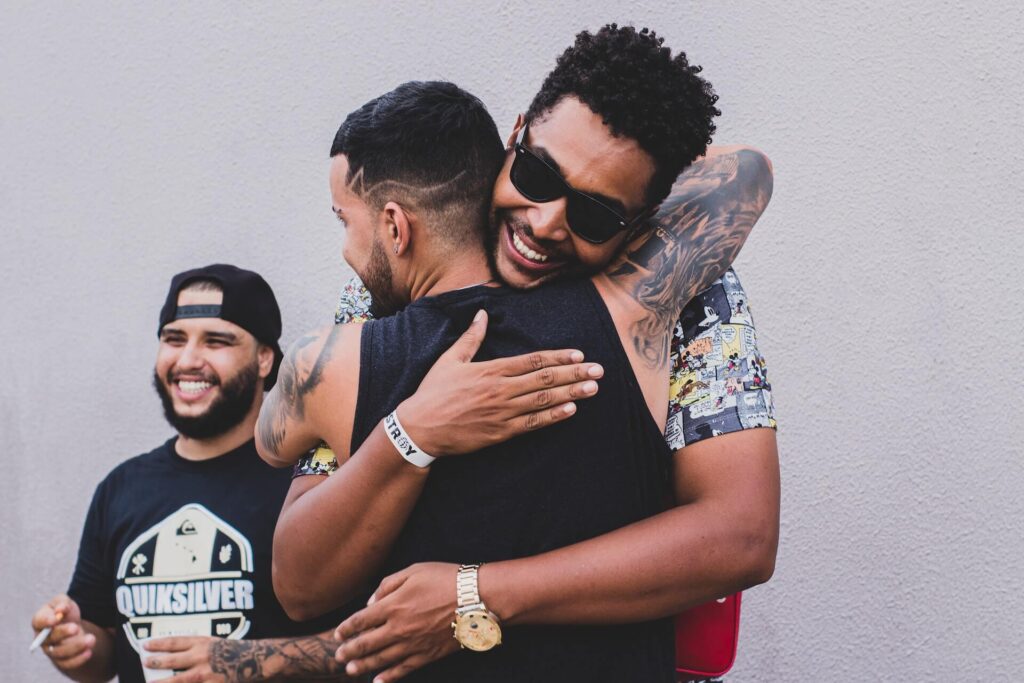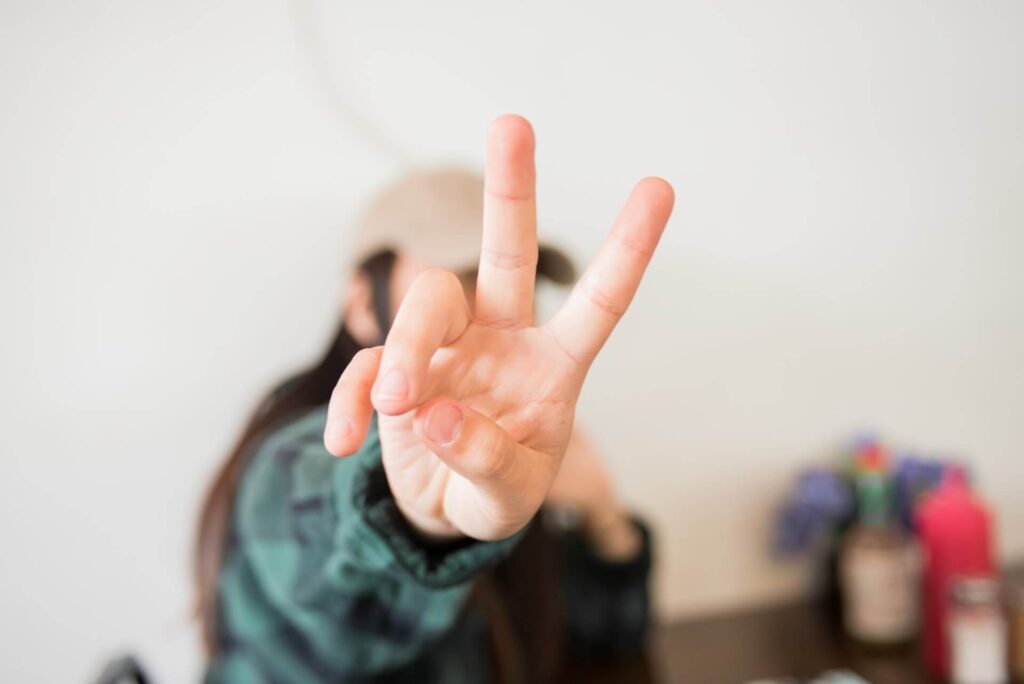Updated on January 28, 2024 by Lou Mac
It’s probably safe to assume that most people know how to say hi in Spanish.
But there are many ways other wyays to say it, why just stick to the old classic?
Using less common words and phrases makes your Spanish sound more natural and fluent, so let’s change it up!
How to Say “Hi” in Spanish: Hola
To say ‘hi’, it’s just a simple hola. This is the standard greeting in the Spanish-speaking world, used in both formal and informal situations alike. When in doubt, just use hola!
And to say “hey” or “hello” in Spanish, it’s also hola! This is because there is no real equivalent to the English “hi.”
Same goes with the English ‘hey’. It’s just hola!
Other Ways of Saying “Hi” in Spanish

Of course, when we greet each other in English, we aren’t limited to just saying “hi” or “hello.” We use an array of other words and phrases, like “how’s it going?’ or “how are you?” and it’s the same in Spanish.
Let’s have a look at some basic Spanish greetings that are pretty safe to use in most contexts.
Note that these use informal Spanish, so they shouldn’t be used when addressing someone respectfully. They are to be used with people who you know well, like friends, family or workmates.
Hola — Hey/hi/hello
Cómo estás — How are you
If someone has already asked you how you are and you want to ask them back, you can say: ¿cómo estás tú? Which also means “how are you,” but adding the tú emphasizes the “you” part.
Cómo andas — How are you
Literally, it means “how do you walk?” but in this context it’s just asking someone how they are.
Cómo te va — How’s it going
Literally, “how is it going for you.” Here are some other variations, which mean the same thing: ¿Cómo vas? ¿Cómo va?
Qué tal — What’s up
Qué tal is very commonly used in Spain, but also used in Latin America. It’s one of my go-to Spanish greetings! On its own it means “what’s up?” but if you add other words on the end it becomes more like cómo (how). E.g. ¿qué tal estás? — how are you?
Qué pasa — What’s happening
Qué hay de nuevo — What’s new
Qué haces — What are you up to
Formal Spanish Greetings
Formal Spanish greetings are (clearly) reserved for more formal addresses.
Usually you would use formal greetings when you’re talking to people who you want to show respect to. For example you would use them when talking to someone like a teacher, policeman or the parent of a friend.
What constitutes ‘formal’ may vary quite a bit, but isn’t always obvious, so when in doubt just use the formal to be safe! If the formal is new to you, it might be worth checking out my Free Guidebook for Beginners—it’s full of tips and guidance for people who are starting to learn Spanish on their own.
These phrases are pretty much the same as the ones above, but conjugated to be used with usted (the formal way of saying “you” in Spanish).
Cómo está — How are you
Cómo le va — How’s it going
Qué hace — What are you doing
Spanish Greetings for Different Times of the Day

Spanish Morning Greetings
¡Buenos días! — Good morning!
¡Buen día! — Good morning!
This phrase isn’t used as commonly as buenos días, but you still may hear it nonetheless!
Spanish Afternoon Greetings
¡Buenas tardes! — Good afternoon!
In some places you might just hear buenas! so keep an ear out for that.
Spanish Evening Greetings
¡Buenas noches! — Good evening/good night!
Why It’s Important to Know How to Say Hi in Spanish
You might ask why it’s even important to know several different ways of saying hi in Spanish.
While you could just get by with hola, the language is so colourful and expressive, it would be a shame to just learn hola and be done!
Learning different ways to greet people helps you communicate your personality to others and will create deeper connections in the long run.
How to Say Hi in Spain and Latin America

We’ve learnt a bit about how to greet people with words, but how about other customs?
If you’re from a culture which doesn’t use much physical touch (like me), it can be a bit daunting to learn that in most cultures in Spain and Latin America, you’re expected to greet people with a kiss (or two!).
Of course, you never need to do this if you feel uncomfortable—remember that. But if you would like to respect customs in different parts of the Spanish-speaking world, it’s worth knowing a bit about what’s expected of you.
I can’t speak for every single country in Latin America, but in most places you’re expected to give people one kiss on the cheek when greeting them. In my experience, you give the kiss on the person’s right cheek—in case you’re awkward like me, and want to know the specifics of what to expect!
Usually if there are two men greeting one another then they won’t do this (except for maybe in Argentina), however it happens between everyone else.
In Spain, however, it is customary to give two kisses on the cheek.
I always used to worry that I would accidentally brush someone’s lips while changing cheeks, but so far so good!
There are many more ways to greet people in Spanish, which you’ll no doubt pick up the more you’re exposed to the language!
There are also lots of country-specific ways of greeting people, so look into that if you’re learning a specific Spanish dialect.
But for now, start with these basics and you’ll be set!

